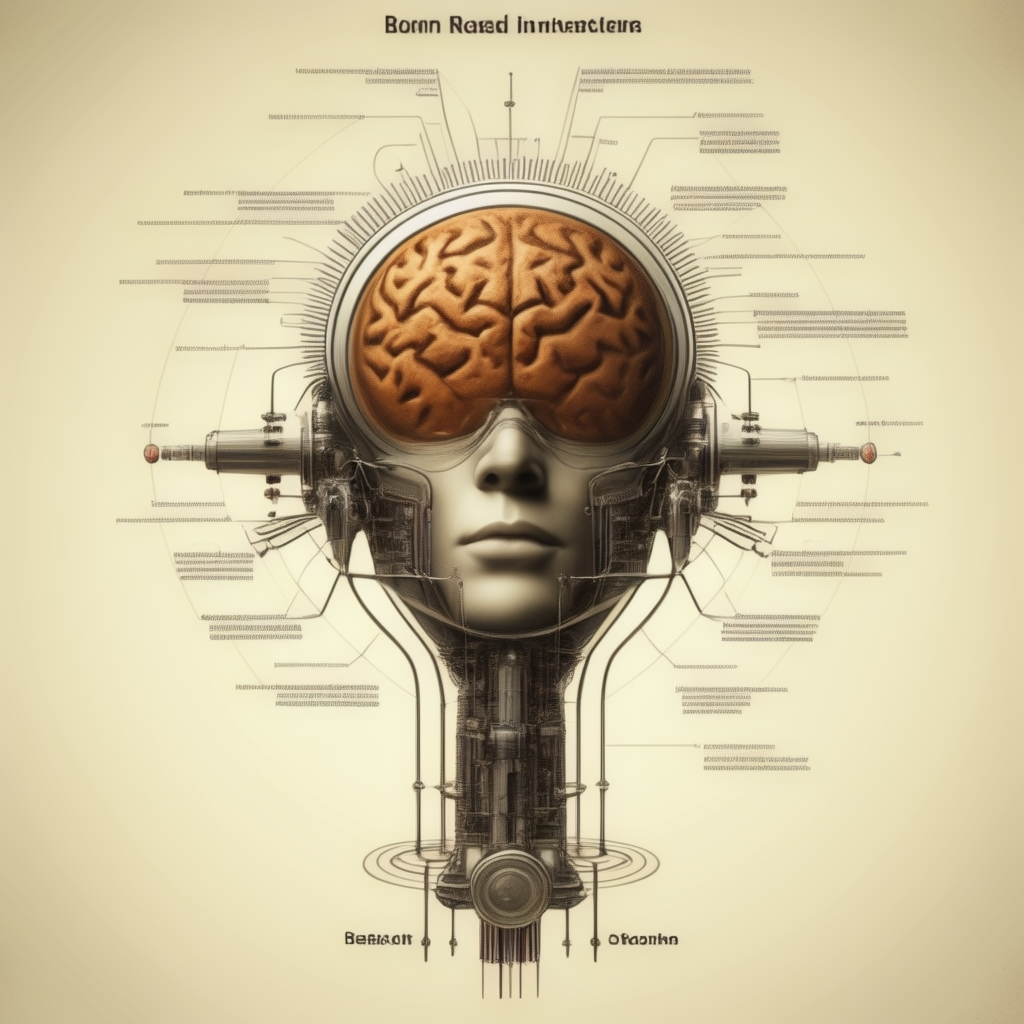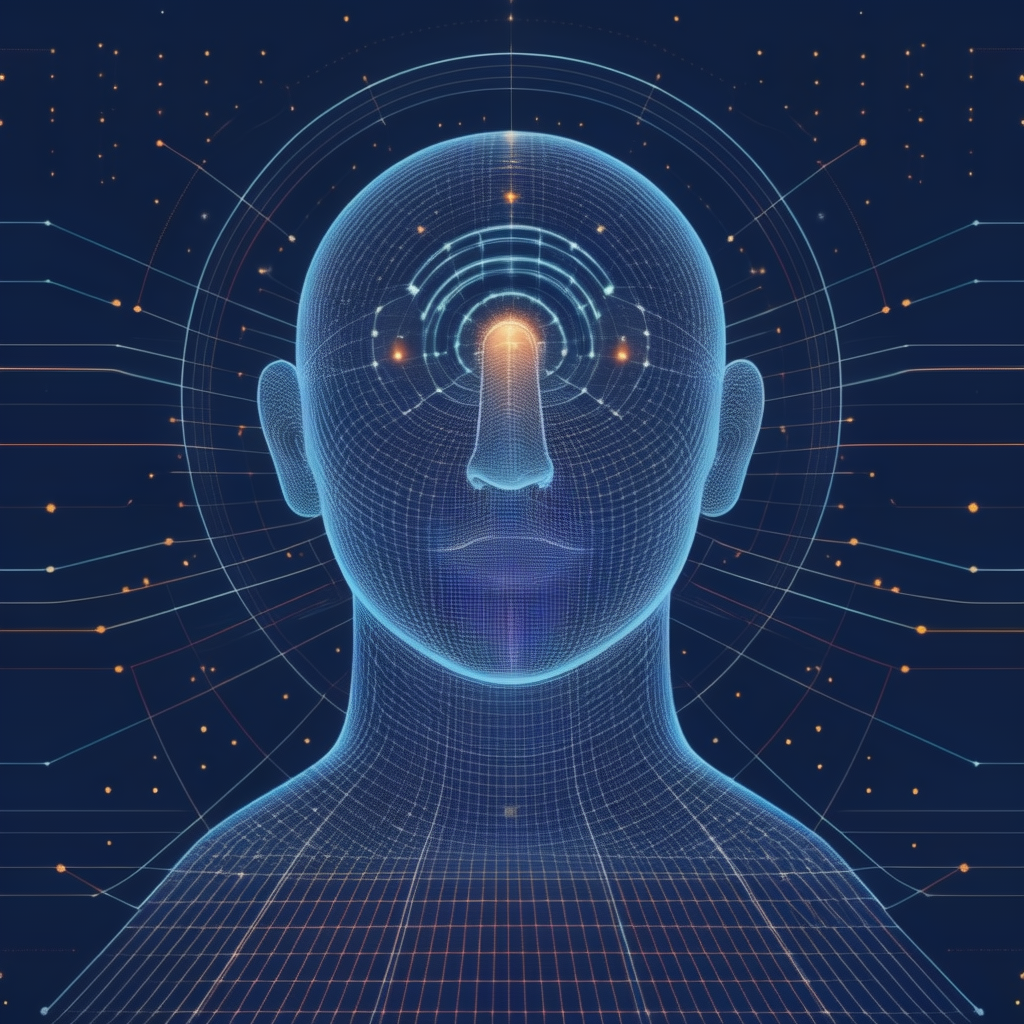Understanding Large Language Models: The Physics of (Chat)GPT and BERT
Introduction
In recent years, large language models (LLMs) like ChatGPT and BERT have captivated the world with their ability to generate human-like text, engage in meaningful conversations, and even produce creative works. These capabilities often seem almost magical, leading many to view these models as enigmatic black boxes. However, just as our physical world is governed by understandable principles, the operation of LLMs can also be demystified. By drawing an analogy to physics, we can gain a deeper understanding of how these models function and appreciate the principles underlying their capabilities.
The Magic of Large Language Models
Large language models are sophisticated algorithms trained on vast amounts of text data. They can predict and generate text based on patterns learned during training. This ability to generate coherent and contextually relevant text often feels magical. However, behind this perceived magic lies a structured and systematic process, much like the physical laws that govern our universe.
The Physical World and Large Language Models
In the physical world, everything from cars to planets is composed of atoms governed by fundamental laws of physics. These simple laws, such as Newton’s laws of motion and Einstein’s theory of relativity, explain the behavior of complex systems. Similarly, LLMs like ChatGPT and BERT are built upon fundamental principles of machine learning and neural networks. By understanding these principles, we can move beyond viewing LLMs as black boxes.
Atoms and Words: Building Blocks of Complexity
Just as atoms are the basic building blocks of matter, words are the basic building blocks of language models. LLMs learn to understand and generate language by processing vast amounts of text data at the word or subword level. Each word can be thought of as an “atom” in the model’s universe, contributing to the formation of more complex structures like sentences and paragraphs.
Fundamental Laws of Large Language Models
The behavior of LLMs is governed by a set of fundamental principles, analogous to physical laws. These principles include:
- Training on Large Datasets: LLMs are trained on extensive datasets, enabling them to learn patterns and relationships in language. This is similar to how physical systems require comprehensive data to model accurately.
- Neural Network Architecture: The architecture of LLMs, such as transformer networks, plays a crucial role in their performance. Transformers use mechanisms like attention to focus on relevant parts of the input text, much like how physical systems focus on relevant forces and interactions.
- Optimization Algorithms: Training LLMs involves optimization algorithms that minimize error and improve performance. These algorithms are akin to the principles of energy minimization in physics, where systems tend to move towards states of lower energy.
Emergence of Complexity: From Atoms to Organisms
In the physical world, complex organisms emerge from simple atoms through processes like evolution and natural selection. Similarly, the capabilities of LLMs emerge from the interaction of simpler components through training. During training, the model learns to represent complex concepts by adjusting the weights of its neural connections. This process is comparable to the way physical interactions between atoms lead to the formation of complex structures.
Understanding ChatGPT and BERT
ChatGPT
ChatGPT is a generative model based on the GPT (Generative Pre-trained Transformer) architecture. It generates text by predicting the next word in a sequence, using patterns learned during training. This prediction process involves several steps:
- Tokenization: Text is broken down into smaller units called tokens, similar to how molecules are broken down into atoms.
- Embedding: Tokens are converted into numerical representations (embeddings), analogous to how physical properties of atoms are quantified.
- Attention Mechanism: The model uses attention mechanisms to weigh the importance of different tokens, much like how forces influence the motion of particles.
- Generation: Based on the learned patterns and attention weights, the model generates the next token, building sentences and paragraphs iteratively.
BERT
BERT (Bidirectional Encoder Representations from Transformers) is designed for understanding and analyzing text rather than generating it. BERT uses a bidirectional approach, considering the context from both directions in the text:
- Pre-training: BERT is pre-trained on large corpora of text using tasks like masked language modeling, where some words are hidden and the model learns to predict them.
- Fine-tuning: After pre-training, BERT can be fine-tuned for specific tasks like sentiment analysis or question answering, similar to how physical systems can be fine-tuned for specific applications.
Moving Beyond the Black Box Perception
To move beyond perceiving LLMs as magical black boxes, we need to:
- Educate and Demystify: Increase awareness and understanding of the principles behind LLMs through education and transparent explanations.
- Visualization and Intuition: Develop intuitive visualizations that illustrate how LLMs process and generate language, akin to how physics uses diagrams and models.
- Interdisciplinary Approaches: Leverage interdisciplinary approaches, combining insights from physics, cognitive science, and computer science to create comprehensive explanations.
Exploring Further Analogies: LLMs and Physical Systems
To deepen our understanding of LLMs through the lens of physics, we can explore additional analogies and principles that provide fresh perspectives on these models. By delving into the nuances of how LLMs function and comparing them with more intricate physical concepts, we can further demystify their operations.
Quantum Mechanics and Probabilistic Nature of LLMs
In quantum mechanics, particles exist in a state of probability until observed. Similarly, LLMs operate on probabilistic principles. When generating text, these models predict the probability of each possible next word given the preceding context. This probabilistic nature ensures flexibility and creativity in text generation, allowing for multiple valid outputs from the same input. Understanding this probabilistic framework helps in appreciating the variability and adaptability of LLM responses.
Entropy and Information Theory
Entropy in physics measures the disorder or randomness of a system. In the context of LLMs, entropy can be linked to the diversity and richness of the generated text. Higher entropy in text generation indicates a more varied and creative output, while lower entropy might result in more predictable and repetitive text. Information theory, which studies the quantification, storage, and communication of information, provides tools to measure the efficiency and effectiveness of LLMs in capturing and generating meaningful content.
Thermodynamics and Energy Efficiency
Thermodynamics, the study of energy and its transformations, offers insights into the energy efficiency of LLMs. Training large language models requires significant computational resources and energy, akin to the energy transformations in physical systems. Techniques to optimize these models, such as pruning and quantization, can be seen as methods to improve energy efficiency, reducing the computational cost while maintaining performance. This perspective highlights the importance of sustainable practices in the development and deployment of LLMs.
Emergent Properties and Phase Transitions
In physics, emergent properties arise from the interactions of simpler components, such as how temperature and pressure emerge from molecular interactions. LLMs exhibit emergent behaviors as they scale in size and complexity. For instance, larger models can develop nuanced understanding and generate more coherent text, behaviors not present in smaller models. Phase transitions, like water turning into ice, can be analogous to the shifts in model performance and capabilities as they reach certain thresholds of data and computational power.
Chaos Theory and Sensitivity to Initial Conditions
Chaos theory studies how small changes in initial conditions can lead to vastly different outcomes in complex systems. Similarly, LLMs are sensitive to their initial training data and hyperparameters. Minor variations in training data or model settings can result in significant differences in the final model’s performance and behavior. This sensitivity underscores the importance of careful data selection and model tuning to achieve desired outcomes.
Nonlinear Dynamics and Feedback Loops
Nonlinear dynamics involve systems where outputs are not directly proportional to inputs, often leading to complex and unpredictable behavior. LLMs exhibit nonlinear dynamics through their layers of neurons and connections, where small changes can propagate and amplify through the network. Feedback loops in these models, akin to those in physical systems, allow for iterative refinement of predictions, enhancing their ability to generate contextually accurate and relevant text.
Fractals and Recursive Structures
Fractals are complex patterns that emerge from simple recursive processes, displaying self-similarity across different scales. LLMs utilize recursive structures in their neural networks, where layers of neurons repeatedly process and refine information. This recursive nature enables the models to handle varying levels of abstraction, from individual words to entire documents, much like how fractals maintain complexity at different scales.
Symmetry and Invariance
Symmetry in physics refers to properties that remain unchanged under certain transformations. In LLMs, symmetry can be related to the invariance of linguistic patterns across different contexts. These models learn to recognize and apply consistent grammatical rules and structures, ensuring coherence and fluency in generated text. Understanding symmetry helps in appreciating the robustness and reliability of LLM outputs across diverse inputs.
Network Theory and Connectivity
Network theory studies how components in a system interact and connect. LLMs can be viewed as intricate networks of neurons, where connectivity patterns determine information flow and processing. By analyzing these networks, we can identify critical nodes and pathways that significantly influence model performance. Network theory offers tools to optimize these connections, enhancing the efficiency and effectiveness of LLMs.
Self-Organization and Adaptation
Self-organization refers to the process by which systems spontaneously form ordered structures without external direction. LLMs exhibit self-organizing behavior during training, where neural connections adjust and adapt based on input data, leading to the emergence of coherent language capabilities. This self-organizing property is key to the models’ ability to generalize from training data to new, unseen contexts, mirroring adaptive processes in physical systems.
Conclusion
By exploring these additional analogies and principles, we can gain a richer and more nuanced understanding of large language models like ChatGPT and BERT. These models, far from being magical black boxes, are governed by principles analogous to those in the physical world. Recognizing these parallels allows us to demystify their operations, appreciate their capabilities, and apply interdisciplinary insights to further their development and application. As we continue to unravel the complexities of LLMs, we pave the way for more informed and responsible use of these powerful tools.
By drawing parallels between the physical world and large language models, we can demystify the operation of LLMs like ChatGPT and BERT. Just as physical laws govern the behavior of atoms and molecules, fundamental principles of machine learning govern the behavior of LLMs. Understanding these principles allows us to appreciate the capabilities of LLMs and move beyond viewing them as inscrutable black boxes. With education, visualization, and interdisciplinary collaboration, we can make the workings of LLMs accessible and comprehensible to all.







